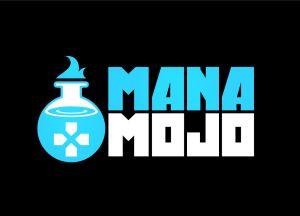Nerd Culture Podcast are proud to introduce our newest NCP crewmember – Miztres! Fans of the show will know her as the author of the feedback we read out in episode #2. In that ep I mentioned having her on the show and she has leapt at the chance! Being interstate an appearance on the show is unlikely, but she was eager to contribute to the site, so here she is with her first (of hopefully many) piece. Take it away Miztres…..
Role-playing is an integral symbol of nerd culture. A nerd could almost be defined by their devotion to a role-playing game either paper or online. Though one is superficially the online version of the other, by the nature of their media, playing MMORPG and paper-based D&D are different experiences.
Unlike pen and paper gaming, anytime or anywhere you have sufficient Internet access you can go on a quest and fight for the right (or treasure) in a MMORPG. Paper D&D does require the participant to make the time to come together, but in so doing D&D becomes an event, a chance to share telling a story.
Paper D&D participants all have a part to play in the story guided by the DM (Dungeon Master). With a flexible DM and thoughtful members a D&D game moves the story beyond the confines of the module. Online you are directed through a predetermined path with no way of manipulating the story beyond what has already been determined by the programmer. Your character’s decisions mean little or anything beyond the quest.
If none of your character’s choices matter, MMOPRG becomes the acquisition of some goal, advancement or treasure. With limited scope beyond a few emotes for expressing emotions online RPG is gaming Valhalla, a continual battlefield on which your can show your worth. Paper based gaming is more about role-playing your character. A good DM will even give experience points to participants who express their characters strengths and weaknesses to the full.
An example of this character expression is through alignment. In Dungeons and Dragons Online (DDO), a MMORPG that is based on the D&D 3rd edition rules, alignment is almost a secondary consideration. Some weapons are aligned (e.g. a chaotic character could not use a lawful weapon) but there is no penalty or benefit for choice of alignment. Alignment in paper based D&D is far more important especially for those classes under the ethos of a god. Role-playing a Paladin outside of the lawful good alignment will anger the character’s chosen god and permanently strip them of all the benefits of its class.
Regardless of media, RPG is a group activity. Though online you can complete quests alone it is only in a guild or working at quests as a team that a player can really appreciate all aspects of the game. Although the classic Fighting Fantasy novels did allow readers to role-play alone, the greatest strength of paper based D&D is missing, being a participant in a group and telling your own story. It is, as with most things in life, by playing together that the most exciting, rewarding fun can be had.
For more information on Dungeons & Dragons Online go to – www.ddo.com
For more information on pen & paper Dungeons & Dragons go to – www.wizards.com/DnD/

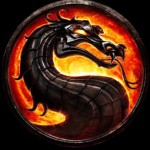 When a friend of mine announced that he was bringing over his copy of the new Mortal Kombat game for me to borrow I was shocked. Not at his generosity (he’s that type of guy) but at his brazenness. For those of you reading this and thinking, ‘What the hell is this going on about?’, let me explain.
When a friend of mine announced that he was bringing over his copy of the new Mortal Kombat game for me to borrow I was shocked. Not at his generosity (he’s that type of guy) but at his brazenness. For those of you reading this and thinking, ‘What the hell is this going on about?’, let me explain.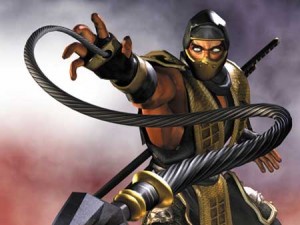
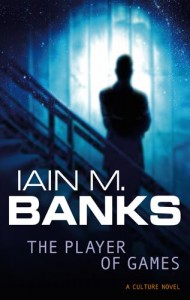 Welcome to the fourth instalment of Dust Jacket, our regular foray into the world of Sci-Fi literature. As always, I’m joined by Luke, self-confessed sci-fi junkie and world’s harshest critic.
Welcome to the fourth instalment of Dust Jacket, our regular foray into the world of Sci-Fi literature. As always, I’m joined by Luke, self-confessed sci-fi junkie and world’s harshest critic. BioShock 2
BioShock 2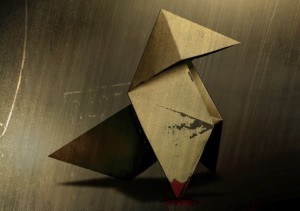 Heavy Rain
Heavy Rain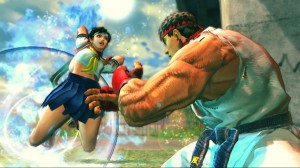 Super Street Fighter IV
Super Street Fighter IV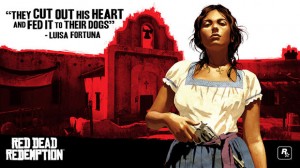 Red Dead Redemption
Red Dead Redemption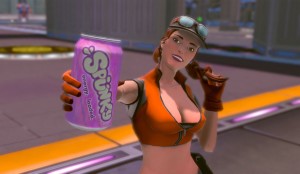 Monday Night Combat
Monday Night Combat